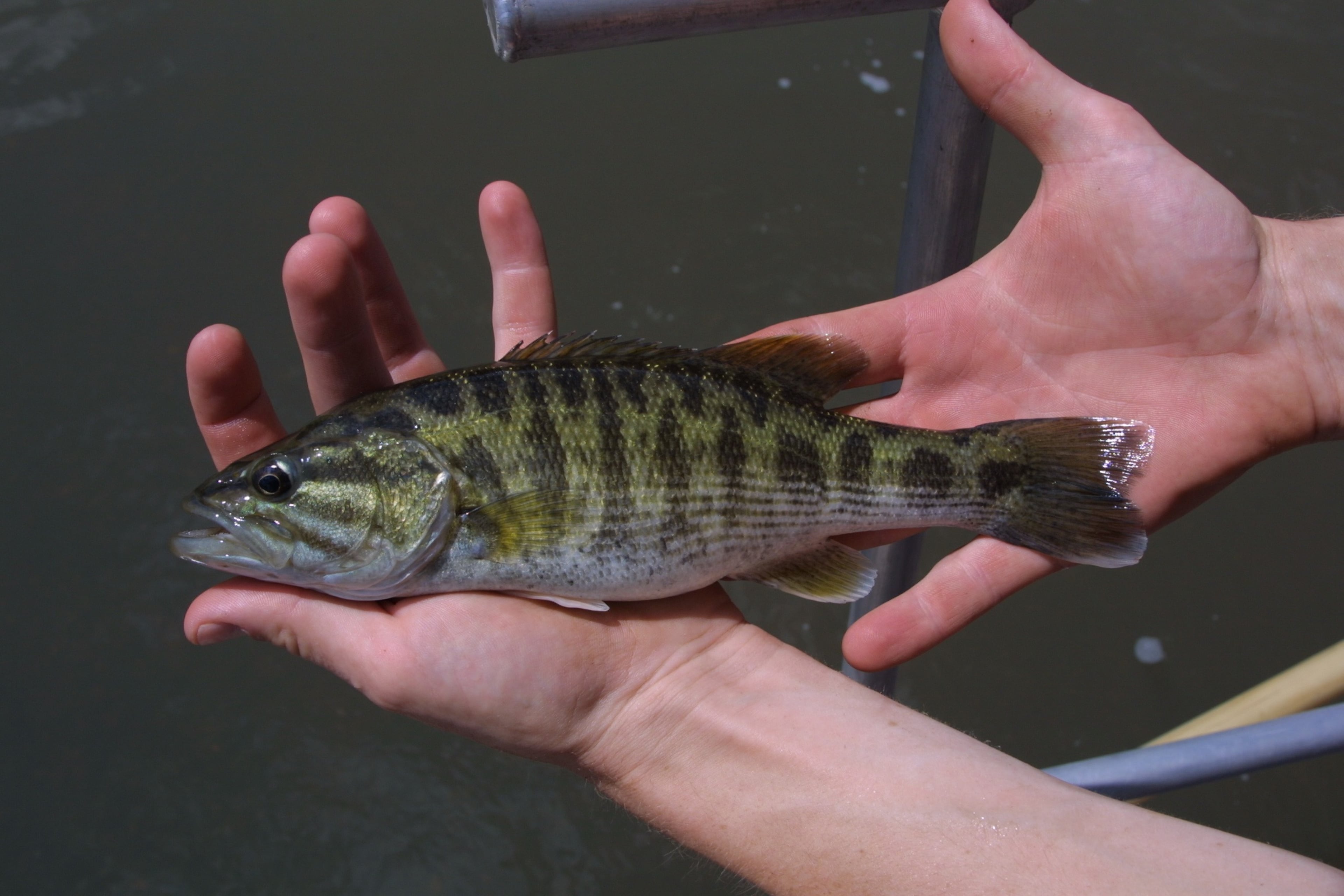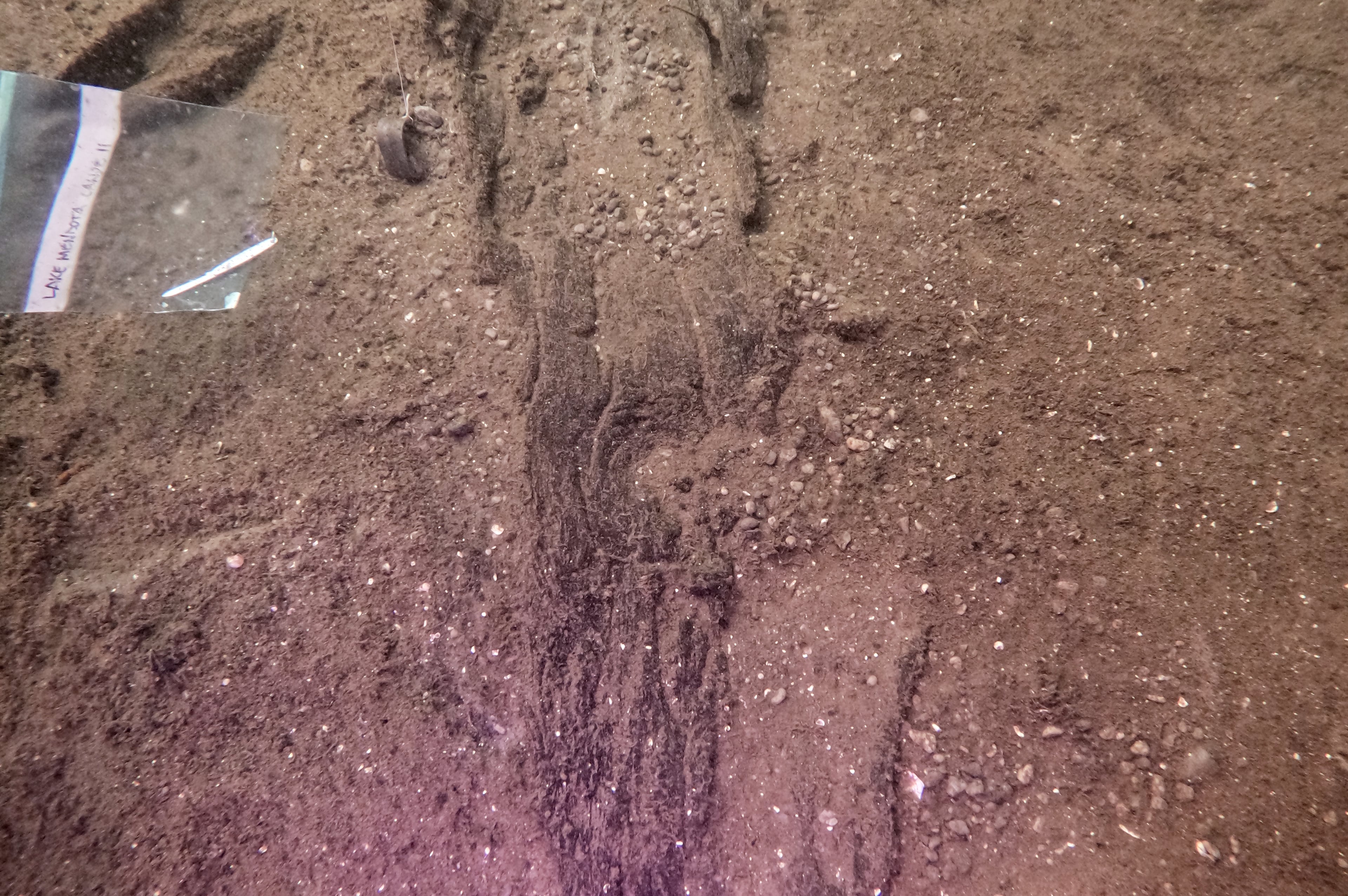Anglers kept reeling in eye-catching bass. Now, Georgia has 2 new species.
Anglers are known for embellishing the details of their conquests, rarely letting reality get in the way of a good yarn.
But in Georgia’s case, decades of fish stories — along with years of genetic analysis — have helped scientists finally determine that two types of black bass long known to exist in Peach State waterways are, in fact, distinct species. The designation is likely to excite those eager to reel one in and should help habitat conservation efforts, experts say.
The new species are Micropterus calliurus, known informally as Altamaha bass and Micropterus pucpuggy, or Bartram’s bass.
Altamaha bass are found in the Ocmulgee and Oconee rivers in northeast Georgia’s Altamaha River Basin, and the headwaters of the Ogeechee River. Bartram’s bass occur in the upper Savannah River Basin in Georgia and South Carolina, and farther east in the Santee River Basin of the Carolinas. Both species prefer smaller stream habitats.
Descriptions of the new species were published Aug. 19 in the peer-reviewed scientific journal Zootaxa. They were compiled by a team of researchers from the University of Georgia, the University of North Georgia, Oxford College of Emory University and the South Carolina Department of Natural Resources.
The findings mean Georgia now has 12 species of black bass, according to Scott Robinson, who leads fisheries management for the Georgia Department of Natural Resources.

Both fish were known to anglers and scientists already, but the extensive specimen collection and DNA analysis to find out if they were hybrids or distinct species has been years in the making.
Bud Freeman, the lead author of the research and an emeritus faculty member with the University of Georgia’s Odum School of Ecology, first encountered Bartram’s bass in the late 1980s shuttling rafters on the Broad River outside Athens.
Freeman said he picked up a couple who had been paddling and fishing. He asked them what they’d caught, and the man flipped open a cooler to reveal a Bartram’s sitting on top of the ice. Freeman said he immediately recognized it was different from the largemouth bass also found in the Broad: Bartram’s are smaller, their sides are patterned with black blotches and spots, and their fins often have a rosy, pink tint.
“I said, ‘My goodness … I’d give you five bucks for that fish,’” Freeman recounted. “They said, ‘No, we’re taking it home to eat it.’”
The Altamaha bass is also on the smaller side, but is distinguished by dark spots that extend to its tail and the orange coloration on its fins. Calliurus, the second part of its species name, comes from a Greek word meaning “beautiful tail,” Freeman said.
Both species are likely at least 1 million years old, Freeman said, meaning they emerged hundreds of thousands of years before modern Homo sapiens. That these ancient fish still exist today “should be sobering,” he added.
But their continued survival is not guaranteed.
Like other species, they face new threats from human activity and development, which can shrink their habitat and diminish water quality, Freeman said. Interbreeding with other bass species is also a problem, Robinson from Georgia DNR said.
In some parts of their habitats, non-native Alabama bass have been introduced by humans eager to stock their local waterways with fish. But cross-pollination between the species can muddy the genetics, potentially putting the lineages in peril.
Robinson said they still see genetically pure Bartram’s and Altamaha bass in places where streams have not been disturbed or exposed to invasives. He said anglers can help protect the species by not spreading Alabama bass and other bass to waterways where they don’t belong.
For Freeman, identifying the species was the culmination of a yearslong effort — one he said would not have been possible without the help of many other researchers, including his wife and fellow ichthyologist, Mary Freeman. “It brings a sense of relief and accomplishment,” he said.



